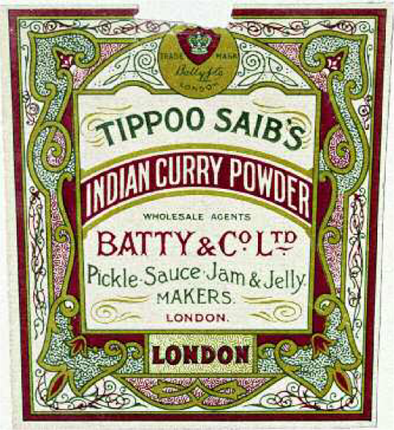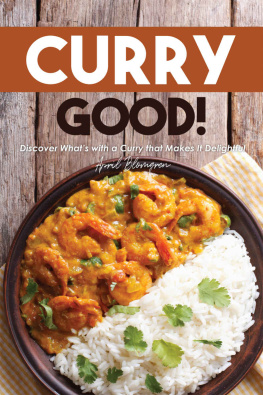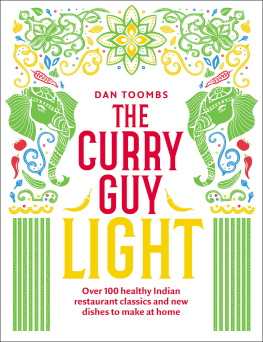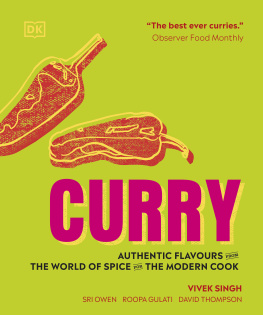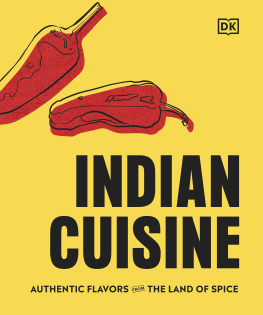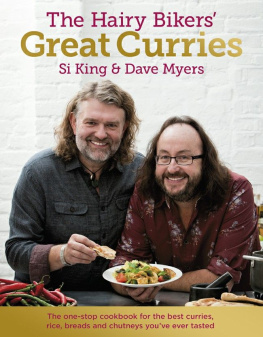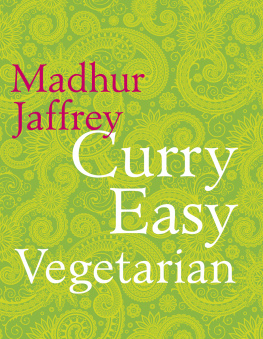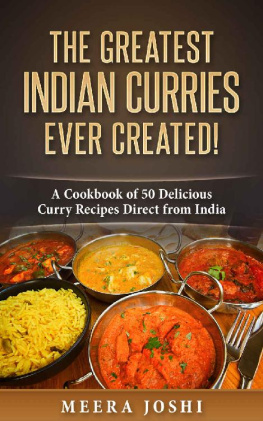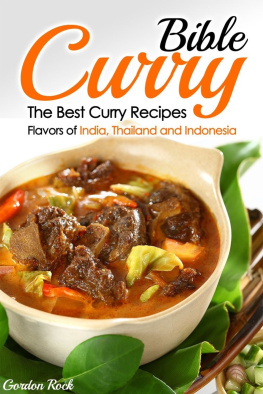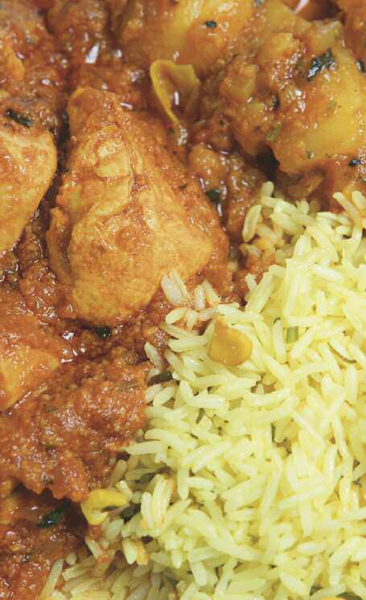Introduction:
What is Curry?

No source of influence in cookery... has exceeded imperialism.... The tides of empire run in two directions: first, the flow outward from an imperial center creates metropolitan diversity and frontier cultures cuisines of miscegenation at the edges of empires. Then the ebb of imperial retreat carries home colonists with exotically acclimatized palates and releases the forces of counter-colonization, dappling the former imperial heartlands with enclaves of sometimes subject peoples, who carry their cuisine with them.
Felipe Fernndez-Armesto, Near a Thousand Tables: A History of Food (New York, 2002)
If any dish deserves to be called global, it is curry. From Newfoundland to the Antarctic, from Beijing to Warsaw, there is scarcely a place where curries are not enjoyed.
But what is a curry? The definition of the word is elusive and controversial. In this book, we define curry the following way: a curry is a spiced meat, fish or vegetable stew served with rice, bread, cornmeal or another starch. The spices may be freshly prepared as a powder or a spice paste or purchased as a ready-made mixture.
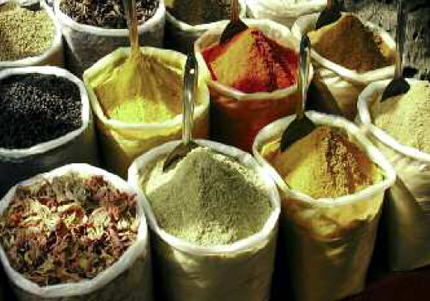
The extensive use of spices is the most characteristic feature of Indian cuisine.
This very broad definition is an umbrella for many dishes: the classic Anglo-Indian curries of the Raj; the elegant gaengs of Thailand; the exuberant curries of the Caribbean; kari raisu, Japans favourite comfort food; Indonesian gulais; Malaysias delicious Nonya cuisine; South African bunny chow and bobotie; Mauritian vindaille; and Singapores fiery street foods. The story of these and other dishes will be told in the following chapters.
A secondary definition of curry is any dish, wet or dry, flavoured with curry powder a ready-made mixture that generally includes turmeric, cumin seed, coriander seed, chillies and fenugreek (and may or may not include curry leaf, Murraya koenigii, a fragrant leaf widely used in southern Indian cooking). This category encompasses such diverse, hybrid dishes as German currywurst, Singapore noodles, Dutch fries with curry ketchup and American curried chicken salad.
Although there are many fanciful and sometimes hilarious explanations of the origin of the word curry, In English, caril became curry, which Hobson-Jobson, the great dictionary of nineteenth-centuryBritishIndian English, describes as meat, fish, fruit or vegetables, cooked with a quantity of bruised spices and turmeric, and a little of this give a flavour to a large mess of rice.
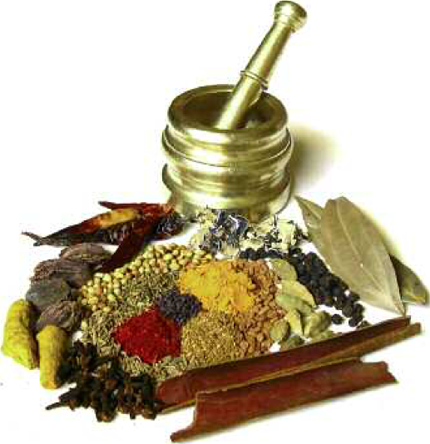
One of the traditional ways of grinding spices is in a mortar and pestle.

Curry leaves are used in many Indian dishes, although they are not a component of all curry powders.
Traditionally, the word curry was not used by Indians, who called dishes by their specific names: korma, rogan josh, molee, vindaloo, doh piaza, etc. But today Indians often use the word for any home-made dish with a gravy, especially when talking with non-Indians. Even the celebrated Indian cookbook writer Madhur Jaffrey, who in 1974 wrote that the word curry was as degrading to Indias great cuisine as the term chop suey was to Chinas, called a later book The Ultimate Curry Bible (2003) an indication of how the word has gained widespread currency.
Purists would insist that the only dish that deserves to be called curry is the one developed in the kitchens of British India in the late eighteenth century. This classic Anglo-Indian curry, which reached its apogee in the recipes of Colonel Kenney-Herbert (Wyvern), is made by sauting onions in oil, adding pieces of meat or fish, and simmering it in water, stock, tomatoes or coconut milk. Spices either freshly groundor a commercial curry powder are added during the sauting process.
These curries were always served with rice and various condiments such as peanuts, sliced or grated coconut, Bombay duck (dried Bomelo fish), sliced cucumbers and tomatoes, pickles and fruit chutneys. Initially a dish of the British upper classes, it gradually filtered down to middle-class and then to working-class tables. Curry lunches were a popular way of entertaining people in the 50s, 60s and even as late as the 1970s.
